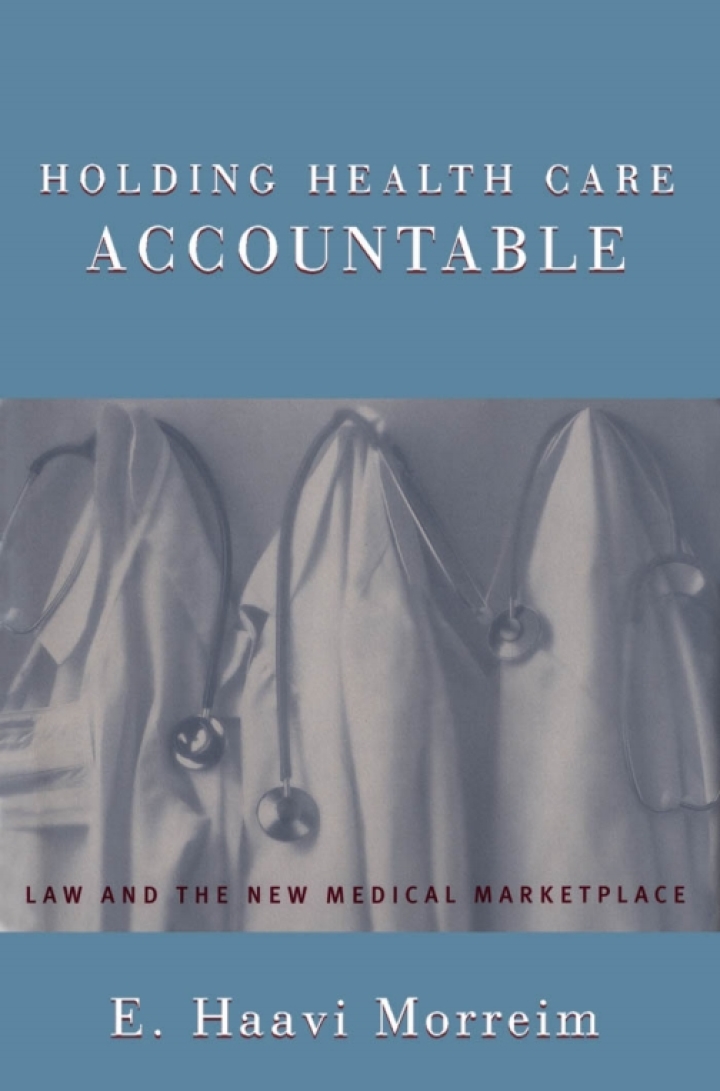“Against Capital Punishment” has been added to your cart. Continue shopping
Holding Health Care Accountable Law and the New Medical Marketplace
$27.62
Attention: This is just ebook, Access Codes or any other Supplements excluded! / File Delivery: Sent Via Email within 24 hours!
SKU: ec552f78f1f6
Category: Law Textbooks
Description
-
Author(s)E. Haavi Morreim
-
PublisherOxford University Press
-
FormatPDF
-
Print ISBN
9780195141320, 0195141326 -
eText ISBN
9780195141320, 0195141326 -
Edition
-
Copyright
- Details
Health care in the US and elsewhere has been rocked by economic upheaval. Cost-cuts, care-cuts, and confusion abound. Traditional tort and contract law have not kept pace. Physicians are still expected to deliver the same standard of care — including costly resources – to everyone, regardless whether it is paid for. Health plans can now face litigation for virtually any unfortunate outcome, even those stemming from society’s mandate to keep costs down while improving population health. This book cuts through the chaos and offers a clear, persuasive resolution. Part I explains why new economic realities have rendered prevailing malpractice and contract law largely anachronistic. Part II argues that pointing the legal finger of blame blindly or hastily can hinder good medical care. Instead of “whom do we want to hold liable,” we should focus first on “who should be doing what, for the best delivery of health care.” When things go wrong, each should be liable only for those aspects of care they could and should have controlled. Once a good division of labor is identified, what kind of liability should be imposed depends on what kind of mistake was made. Failures to exercise adequate expertise (knowledge, skill, care effort) should be addressed as torts, while failures to provide promised resources should be resolved under contract. Part III shows that this approach, though novel, fits remarkably well with basic common law doctrines, and can even enlighten ERISA issues. With extensive documentation from current case law, commentary, and empirical literature, the book will also serve as a comprehensive reference for attorneys, law professors, physicians, administrators, bioethicists, and students.
Related products
-

Africa’s International Investment Law Regimes 1st Edition
Rated 0 out of 5$61.75 Add to cart -

Agency in Mental Disorder Philosophical Dimensions
Rated 0 out of 5$26.00 Add to cart -

Commercial Arbitration in Sweden 3rd Edition
Rated 0 out of 5$146.25 Add to cart -

A Theory of International Organization
Rated 0 out of 5$11.05 Add to cart


